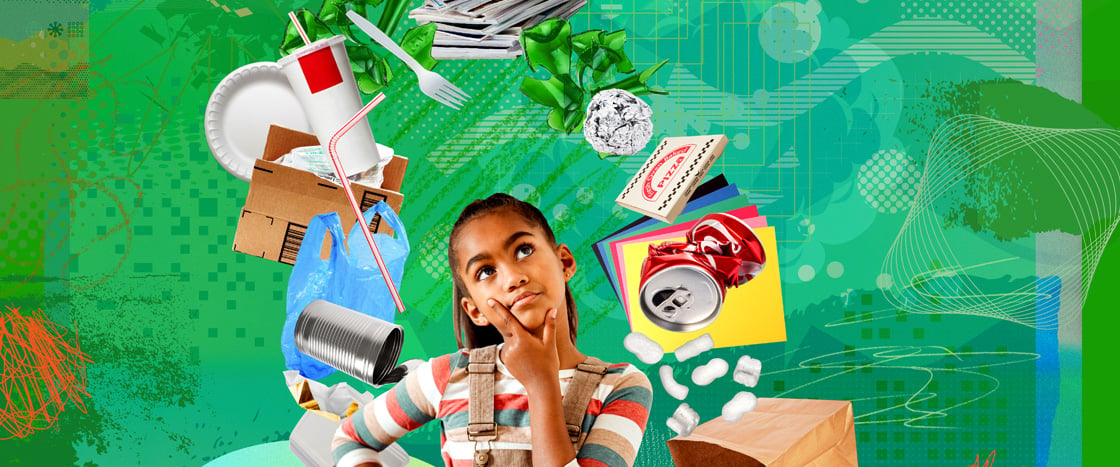Cleaning up after a pizza party, you toss an empty soda bottle into your recycling bin. But then you wonder: Is this really recyclable? What about the cups, forks, and plates? Or the greasy pizza box?
Just by asking these questions, you’re taking a step in the right direction. The average person doesn’t know very much about recycling, says Kate O’Neill. She’s an expert on how people manage waste. “Most people put their trash and recycling on the curb and forget about it,” she says.
You’re cleaning up after a pizza party. You toss an empty soda bottle into your recycling bin. But then you wonder. Can this really be recycled? What about the cups, forks, and plates? Or the greasy pizza box?
It’s good you’re asking these questions. It’s a step in the right direction. The average person doesn’t know very much about recycling, says Kate O’Neill. She’s an expert on how people handle waste. “Most people put their trash and recycling on the curb and forget about it,” she says.

